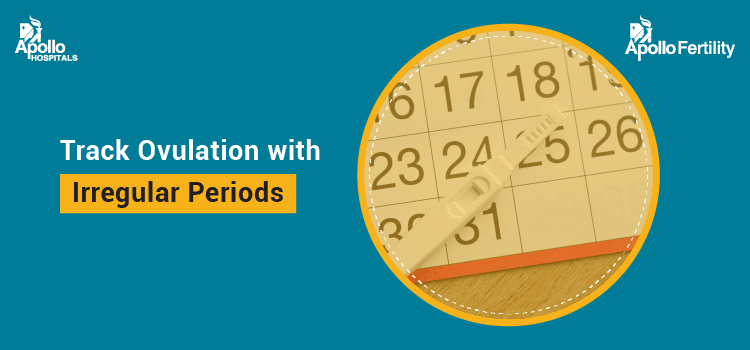Females looking to conceive need to keep a track of ovulation cycles, in order to increase the chances of fusion and eventually, fetus formation. However, more often than not, irregular menstrual cycles make it harder for them to keep a tab of possibilities pertaining to conception. In the subsequent sections, we shall talk about the possible techniques which can be implemented for tracking ovulation in case of period irregularities. Why the Ovulation Window is Even Important? Before we move any further into this discussion, it is important to note that ovulation window or rather ovulation cycle is of paramount importance in regards to a woman getting pregnant. During this particular timeline, the female egg is in the most perfect condition to fuse with the sperm. However, the time frame is extremely restricted with the couples getting online 12 to sometimes 14 hours to make the call. Therefore, identifying the perfect time to ovulate is necessary for someone who is looking to conceive sans hassles and complications. Tracking Ovulation: Enlisting the Best Strategies Now when we have established the importance of the ovulation timeline, it is important to devise some of the best strategies for tracking the same. These include:
1. Charting out the Menstrual Cycle
Eventually, it all comes down to maintaining a chart as even irregularities have regular patterns to them. Tracking periods on a calendar is a pretty good approach and there will be times when similar patterns are encountered, during the course of monthly cycles. Moreover, tracking irregular menstrual cycles in the form of charts can also come in handy during infertility treatments or opening up in front of a gynecologist.
2. Checking for Cervical Mucus
One of the best strategies to keep a track of the ovulation window is to check for cervical mucus which changes remarkably during that time of the month. The best form of identification would be to check for dry mucus which usually exists during the first few menstrual days. However, as the ovulation period starts approaching the cervical mucus becomes clearer and is secreted in plenty. During the exact ovulation period, the discharge is slippery and even stretchy at times. One of the ideas is to compare the mucus consistency to egg whites.
3. Measuring Body Temperature
The onset of the ovulation window is expected to change the basal body temperature and that too, quite considerably. Therefore, the best advice would be to keep the track of body temperature over the period of the month and stay alert for the frequent highs, in case the ovulation cycle is around. More often than not, the body experiences a rise in temperature once ovulation starts.
4. Opting for Kits
While the aforementioned strategies need to be executed manually, there are predictor kits in the market which are more than capable of doing the job, precisely as a part of fertility monitoring. The concept behind using these predictor kits is to measure the Luteinizing Hormone or LH which is typically present in urine, one or two days prior to the ovulation timeline. The kits detect a substantial spike in LH levels and identify that ovulation is around the corner. These kits can also be used to monitor the chances of fertility when the detailed checks are frequently reported to the concerned physician. Ovulation, as mentioned, previously, is an extremely important physical condition that eventually leads to successful conception. However, detecting the exact time isn’t always possible when the female is known to be encountering irregular menstrual cycles. That being said, the above-mentioned strategies can be perfectly used for tracking ovulation; thereby making the task easier for the expectant couples.
